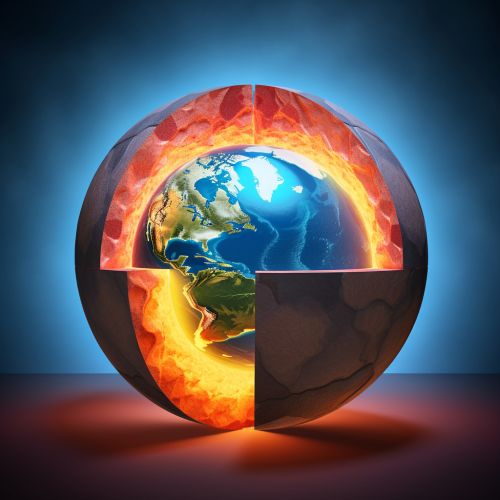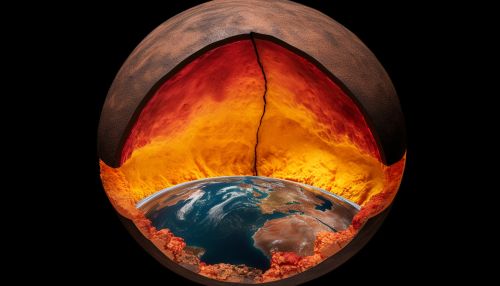The Dynamics of Earths Outer Core and Geomagnetic Reversals
Earth's Outer Core
Earth's outer core, a fluid layer about 2200 kilometers (1367 miles) thick composed of mostly iron and nickel that lies above Earth's solid inner core and below its mantle, plays a crucial role in creating Earth's magnetosphere. The outer core, rich in iron, generates the Earth's geomagnetic field, a dynamic force that protects the planet from harmful solar radiation.
Geodynamo Theory
The geodynamo theory is the predominant explanation as to how the Earth's magnetic field is generated. According to this theory, the motion of molten iron within the outer core generates electric currents. These currents, in turn, produce magnetic fields. When aligned correctly, these fields combine to create the Earth's large-scale magnetic field.
Geomagnetic Reversals
Geomagnetic reversals, or changes in the Earth's magnetic field such that the positions of magnetic north and magnetic south are interchanged, are significant events in the history of the Earth. The process by which these reversals occur is not completely understood, but is believed to be intricately linked to the dynamics of the outer core.
Outer Core Dynamics and Geomagnetic Reversals
The dynamics of the outer core involve the movement of molten iron and nickel in a process known as magnetic convection. This process, driven by the Earth's rotation and the Coriolis effect, creates circulating currents of molten metal within the outer core. These currents generate the Earth's magnetic field.
The exact mechanism by which the Earth's magnetic field reverses is not fully understood. However, it is believed that changes in the flow of molten metal within the outer core can disrupt the magnetic field, causing it to weaken, and eventually reverse. This process, known as a geomagnetic reversal, has occurred numerous times throughout Earth's history.


Frequency of Geomagnetic Reversals
The frequency of geomagnetic reversals is not constant. They have occurred at varying intervals throughout Earth's history, from less than 100,000 years to tens of millions of years. The last reversal, known as the Brunhes-Matuyama reversal, occurred approximately 780,000 years ago.
Impact of Geomagnetic Reversals
Geomagnetic reversals have significant implications for life on Earth. During a reversal, the Earth's magnetic field weakens, reducing its ability to shield the planet from harmful solar radiation. However, it is important to note that these reversals are slow processes that take thousands of years to complete, and the field strength does not drop to zero.
Conclusion
The dynamics of Earth's outer core and the process of geomagnetic reversals are complex and not fully understood. However, they play a crucial role in shaping the Earth's magnetic field, which in turn has significant implications for life on Earth.
